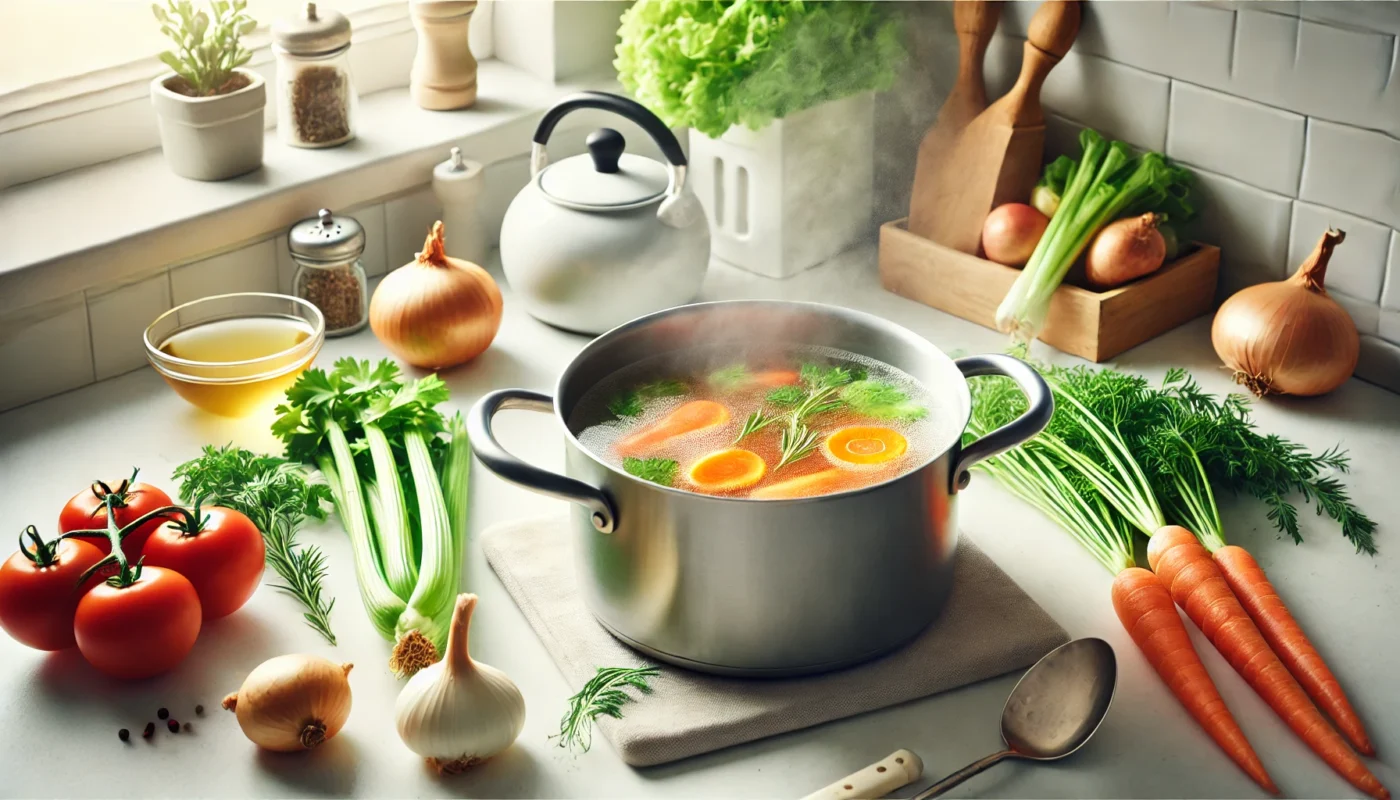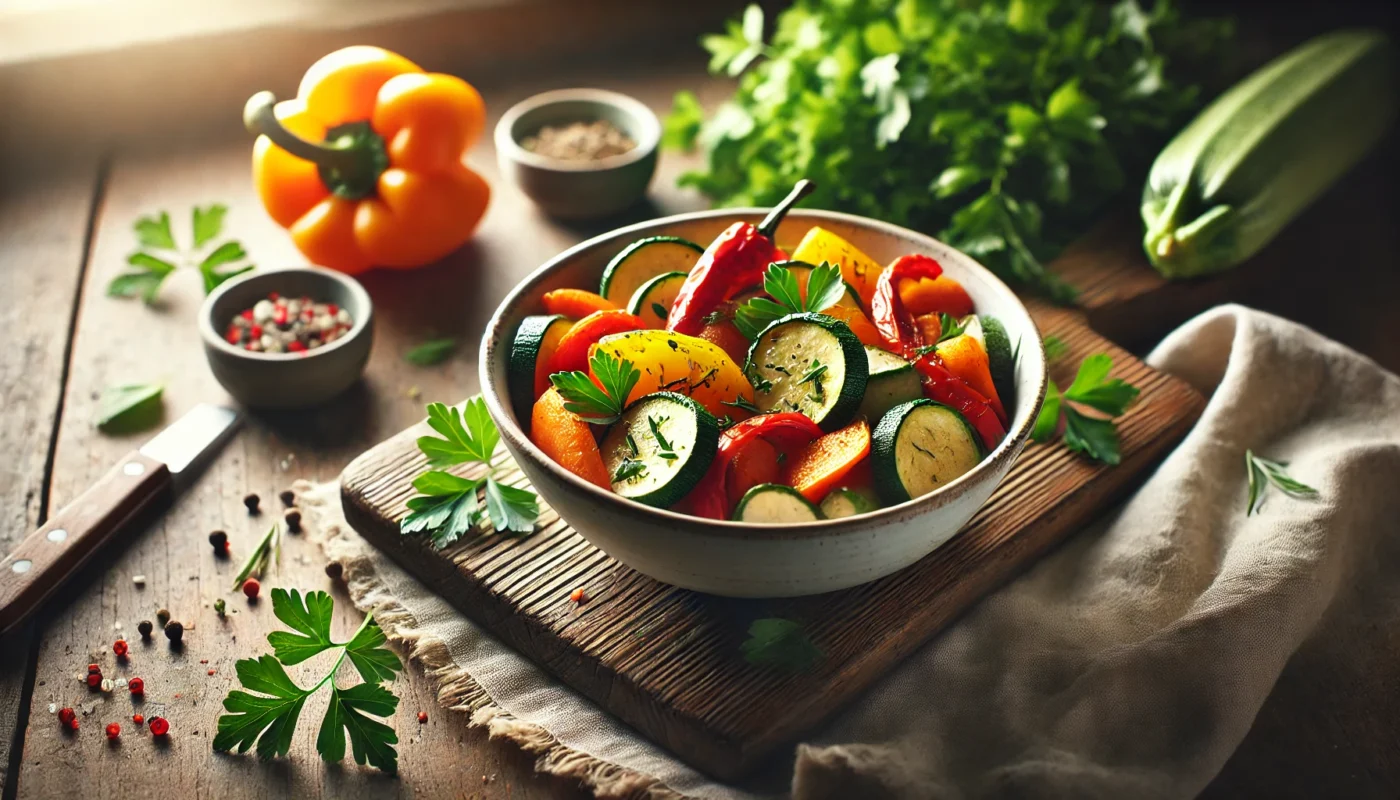Hypertension, or high blood pressure, affects nearly half of adults globally, according to the World Health Organization (WHO). Characterized by a consistent reading of 130/80 mmHg or higher, hypertension significantly increases the risk of cardiovascular disease, stroke, and kidney failure. One of the most effective dietary interventions for managing hypertension is reducing sodium intake, as excessive sodium consumption is directly linked to elevated blood pressure. The American Heart Association (AHA) recommends limiting sodium intake to no more than 2,300 mg per day, with an ideal target of 1,500 mg for individuals with high blood pressure.
While this may seem daunting, small adjustments in your cooking habits can make a big difference. This article provides practical cooking tips to reduce sodium, create heart-healthy meals, and help you manage hypertension without sacrificing flavor.
You May Also Like: Low-Carb Diets and Hypertension: Do They Help or Hurt?
Understanding Sodium and Its Impact on Hypertension
Sodium is an essential mineral that plays a key role in maintaining fluid balance, nerve function, and muscle contraction. However, consuming too much sodium can disrupt this balance, leading to:
- Increased Fluid Retention: Excess sodium causes the body to retain water, increasing blood volume and placing additional strain on blood vessels and the heart.
- Vascular Stiffness: Over time, high sodium intake contributes to stiffening of the blood vessels, reducing their ability to relax and leading to sustained high blood pressure.
- Evidence: A meta-analysis published in Hypertension (2016) found that reducing sodium intake by just 1,000 mg per day significantly lowered systolic blood pressure (SBP) by 5 mmHg and diastolic blood pressure (DBP) by 2.5 mmHg.

Common Sources of Sodium in the Diet
Understanding where sodium hides in your diet is the first step toward reducing your intake. While table salt is a major contributor, processed and packaged foods account for about 70% of the sodium in the average diet.
High-Sodium Culprits:
- Packaged Snacks: Chips, crackers, and pretzels.
- Processed Meats: Bacon, sausage, deli meats, and hot dogs.
- Canned Goods: Soups, vegetables, and beans with added salt.
- Condiments: Soy sauce, ketchup, salad dressings, and marinades.
- Frozen Meals: Pre-packaged dinners often contain high levels of sodium as a preservative.
Cooking at home provides the opportunity to control sodium levels and create meals tailored to your health needs.
Cooking Tips to Reduce Sodium Without Losing Flavor
Reducing sodium does not mean sacrificing taste. With some creativity and attention to detail, you can create flavorful, satisfying meals while managing your sodium intake.
1. Use Herbs and Spices as Flavor Boosters
Herbs and spices are a natural way to enhance the flavor of your dishes without adding sodium.
- Examples:
- Use garlic, onion powder, or paprika for depth in savory dishes.
- Add fresh herbs like basil, cilantro, or parsley to salads and soups.
- Experiment with spices like turmeric, cumin, or cinnamon for unique flavor profiles.
- Tip: Avoid pre-mixed spice blends, as many contain added salt. Instead, make your own blends at home.
2. Reduce or Eliminate Salt Gradually
If your palate is accustomed to salty foods, reduce sodium intake incrementally to allow your taste buds to adjust.
- Method:
- Cut salt by 25% in recipes and gradually reduce further over time.
- Use a salt substitute, such as potassium chloride, if recommended by your healthcare provider.
3. Rinse Canned Foods
Canned vegetables, beans, and soups often contain significant amounts of added sodium. Rinsing them under cold water can remove up to 40% of the sodium content.
- Alternative: Opt for no-salt-added or low-sodium canned goods when available.
4. Make Your Own Broths and Stocks
Store-bought broths and stocks are often high in sodium. Homemade versions allow you to control the amount of salt and include fresh, nutrient-rich ingredients.
- Tip: Freeze homemade broth in portion-sized containers for convenient use in soups, sauces, and other recipes.
5. Choose Fresh Over Processed Ingredients
Fresh, whole ingredients naturally contain less sodium than processed or pre-packaged foods.
- Examples:
- Use fresh chicken instead of pre-seasoned or deli options.
- Opt for fresh vegetables instead of canned or frozen ones with added sauces.
6. Use Acidic Ingredients to Brighten Flavors
Acidic ingredients like lemon juice, vinegar, and lime can enhance flavors and reduce the need for added salt.
- Tip: Add a splash of vinegar or a squeeze of lemon just before serving to boost the flavor of soups, sauces, and salads.
7. Experiment with Umami-Rich Foods
Umami, the savory fifth taste, can add depth to dishes without the need for salt.
- Examples:
- Mushrooms, tomatoes, nutritional yeast, and unsalted soy sauce are excellent umami sources.
- Roast vegetables to bring out their natural sweetness and enhance umami flavors.

Heart-Healthy Cooking Tips and Techniques
In addition to reducing sodium, adopting heart-healthy cooking tips and techniques can further support blood pressure management.
1. Steam or Roast Vegetables
Steaming or roasting vegetables preserves their natural flavors and nutrients, eliminating the need for added salt. Season with garlic, herbs, or a drizzle of olive oil for a flavorful dish.
2. Grill or Bake Proteins
Grilling or baking meats enhances their natural flavors without the need for sodium-heavy marinades. Use dry rubs made from herbs and spices for added flavor.
3. Prepare Whole Grains
Whole grains like quinoa, brown rice, and farro are naturally low in sodium and high in fiber, which supports cardiovascular health. Cook them in water or low-sodium broth for added flavor.
Meal Planning for Hypertension
Planning your meals ahead of time can help you stick to low-sodium guidelines and avoid the temptation of high-sodium convenience foods.
1. Batch Cooking
Prepare large portions of soups, stews, and casseroles using fresh ingredients and freeze them for easy, low-sodium meals during the week.
2. Pack Your Lunch
Packing your own lunch allows you to control sodium levels and avoid the high sodium content of restaurant or takeout meals.
3. Plan Snacks Wisely
Choose low-sodium snack options like fresh fruit, unsalted nuts, or air-popped popcorn seasoned with spices instead of salt.

The Role of Nutritional Supplements in Hypertension Management
While reducing sodium is critical, certain nutritional supplements can complement a low-sodium diet by supporting vascular health and promoting blood pressure regulation.
1. Omega-3 Fatty Acids
Omega-3s reduce inflammation and improve arterial flexibility. A meta-analysis in Hypertension (2018) found that omega-3 supplementation reduced systolic blood pressure by 4 mmHg and diastolic blood pressure by 3 mmHg.
2. Magnesium Glycinate
Magnesium helps relax blood vessels and reduce blood pressure. A study in Magnesium Research (2016) reported a 5 mmHg reduction in systolic blood pressure with magnesium supplementation.
3. Hibiscus Extract
Hibiscus promotes nitric oxide production, enhancing vascular relaxation. The Journal of Nutrition (2010) reported a 6 mmHg reduction in systolic blood pressure with daily hibiscus tea consumption.
4. Coenzyme Q10 (CoQ10)
CoQ10 reduces oxidative stress and supports heart function. A clinical trial in Hypertension Research (2007) demonstrated an 11 mmHg reduction in systolic blood pressure with CoQ10 supplementation.
5. Beetroot Powder
Beetroot is rich in nitrates, which improve vascular function and reduce blood pressure. A study in Nutrition Journal (2017) found a 4 mmHg reduction in systolic blood pressure with beetroot supplementation.

Conclusion
Managing hypertension through diet starts in the kitchen. By adopting low-sodium cooking tips and techniques, choosing fresh ingredients, and enhancing flavor with herbs, spices, and other natural alternatives, you can create heart-healthy meals that support blood pressure control without sacrificing taste. Complementing these efforts with proven nutritional supplements and lifestyle changes ensures a comprehensive approach to hypertension management. Small changes in your cooking habits can lead to significant improvements in your overall health, empowering you to take control of your blood pressure and enjoy flavorful, nutritious meals.
References
- Hypertension Research. (2016). Sodium reduction and blood pressure control: A meta-analysis. Hypertension Research. Retrieved from https://www.nature.com/hr
- Magnesium Research. (2016). The effects of magnesium supplementation on blood pressure. Magnesium Research. Retrieved from https://www.springer.com
- The Journal of Nutrition. (2010). Hibiscus tea and its impact on hypertension. The Journal of Nutrition. Retrieved from https://academic.oup.com
- Hypertension. (2018). Omega-3 supplementation and blood pressure control: A meta-analysis. Hypertension. Retrieved from https://www.ahajournals.org
- Nutrition Journal. (2017). Beetroot powder and vascular health. Nutrition Journal. Retrieved from https://www.biomedcentral.com
Key TERMS for this article:
Hypertension, Sodium Reduction, Low-Sodium Cooking, Heart-Healthy Diet, Nutritional Supplements, Blood Pressure Management, Omega-3 Fatty Acids
Relevant and useful TAGS for this article:
Hypertension Diet, Low-Sodium Cooking, Heart-Healthy Recipes, Blood Pressure Reduction, Fresh Ingredients, Cooking Tips, Nutritional Wellness, Omega-3, Healthy Eating, Kitchen Hacks for Health
Important Note: The information contained in this article is for general informational purposes only, and should not be construed as health or medical advice, nor is it intended to diagnose, prevent, treat, or cure any disease or health condition. Before embarking on any diet, fitness regimen, or program of nutritional supplementation, it is advisable to consult your healthcare professional in order to determine its safety and probable efficacy in terms of your individual state of health.
Regarding Nutritional Supplements Or Other Non-Prescription Health Products: If any nutritional supplements or other non-prescription health products are mentioned in the foregoing article, any claims or statements made about them have not been evaluated by the U.S. Food and Drug Administration, and such nutritional supplements or other health products are not intended to diagnose, treat, cure, or prevent any disease.

